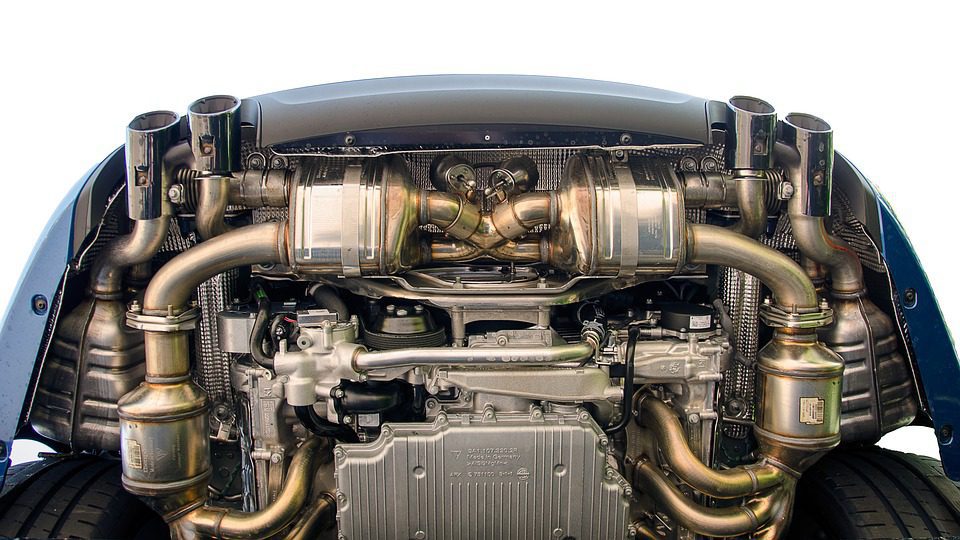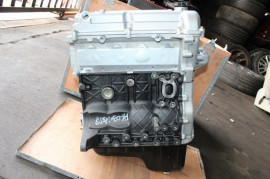Checking Out the Inner Workings of a Compact Vehicle's Engine System
As chauffeurs, we often take for approved the intricate processes that take place within the confines of our car's engine system. In this expedition of a compact lorry's engine system, we will unwind the inner operations of this mechanical harmony, shedding light on the secrets that drive us forward on our daily journeys.
Burning Process Review
The combustion process in a small automobile's engine system is a critical system that successfully transforms gas right into power to power the lorry. This procedure occurs within the combustion chamber of the engine, where fuel and air mix, stir up, and produce controlled explosions. The burning procedure is composed of four main phases: intake, compression, power, and exhaust.
During the consumption phase, the piston relocates downward, reeling in a combination of air and gas right into the burning chamber. The following phase, compression, involves the piston moving upward, pressing the air-fuel combination to increase its effectiveness. Ultimately, in the power phase, the trigger plug ignites the pressed blend, causing a quick growth of gases that compels the piston back down. This downward movement produces the power needed to drive the car. In the exhaust phase, the scorched gases are eliminated from the burning chamber via the exhaust shutoff, preparing the chamber for the following cycle. This cyclic combustion procedure is essential to the operation of a compact automobile's engine system, guaranteeing efficient energy conversion for propulsion.
Piston and Cyndrical Tube Communication

The piston's precise fit within the cyndrical tube is necessary for keeping ideal compression and stopping energy loss throughout burning. Limited clearances between the piston and cyndrical tube wall surfaces ensure reliable securing, enabling the piston to move efficiently without allowing gases to leak past. Proper lubrication is likewise important to lower friction and use between these parts, enhancing long life and performance.
Furthermore, the design and materials utilized in making the piston and cylinder influence engine effectiveness and resilience. Modern engines commonly use light-weight yet resilient products like aluminum alloys for pistons and cylinder liners to lower inertia and boost thermal effectiveness. Generally, the harmonious communication in between the piston and cyndrical tube is essential to the engine's capability and overall performance.
Fuel Injection System Functionality
Fuel shot systems in small automobile engines play a critical duty in exactly delivering gas to the burning chamber for efficient and regulated ignition. The gas shot system works by infusing gas into important link the combustion chamber at the optimum moment throughout the engine's operation (opel corsa engine). This exact timing makes certain that the gas blends evenly with the air for correct burning, resulting in improved fuel performance and decreased discharges
There are primarily 2 kinds of gas shot systems made use of in compact vehicle engines: port fuel injection (PFI) and direct fuel injection (DFI) PFI systems infuse fuel right into the consumption port prior to the intake shutoff, while DFI systems infuse gas straight into the burning chamber. Both systems have their benefits, with DFI using better fuel atomization and PFI offering a more cost-effective service.
Recognizing Engine Cooling Mechanisms
Efficient procedure of a compact automobile's engine relies greatly on the efficiency of its cooling systems. The air conditioning system in a small vehicle usually consists of numerous components functioning together to control the engine temperature level. Comprehending these engine cooling systems is vital for maintaining the efficiency and longevity of a portable vehicle's engine system.

Exhaust System Components Explained
The ideal performance of a portable car's engine cooling devices depends on a corresponding system understood as the exhaust system, which comprises different vital components for ensuring reliable discharges and engine efficiency. The exhaust manifold collects exhaust gases from the engine's cyndrical tubes and routes them to the catalytic converter.
One critical part of the additional info exhaust system is the oxygen sensor, which keeps track of the oxygen levels in the exhaust gases to assist control gas consumption and ensure optimum engine efficiency. opel corsa engine. Furthermore, the resonator might exist in some exhaust systems to lower noise levels. Overall, the exhaust system plays a vital role in keeping engine efficiency, lowering unsafe discharges, and guaranteeing a quieter driving experience for compact car proprietors

Final Thought
To conclude, the portable vehicle's engine system is an intricate combination of parts that function with each other to facilitate the burning procedure, transform fuel right into power, and get rid of waste gases. Understanding the inner functions of the engine system, including the piston and cyndrical tube interaction, fuel shot system, engine air conditioning systems, and exhaust system components, is crucial for preserving optimal performance and efficiency of the automobile.
The combustion process in a portable car's engine system is a critical mechanism that effectively transforms gas right into energy to power the automobile.Gas shot systems in small car engines play a critical role in specifically delivering gas to the combustion chamber for reliable and controlled ignition.There are mainly two types of gas shot systems read this article used in portable automobile engines: port gas shot (PFI) and straight fuel injection (DFI) Comprehending these engine cooling devices is essential for keeping the performance and long life of a portable lorry's engine system.
The ideal performance of a small car's engine air conditioning systems depends on a corresponding system recognized as the exhaust system, which comprises numerous necessary parts for making sure efficient discharges and engine efficiency.